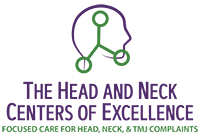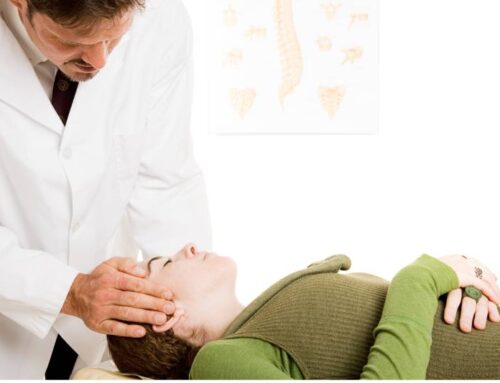Head pain can be constant, transient, throbbing, dull or sharp. We all suffer from headaches now and then – in fact as many as 75% of adults worldwide experienced a headache in the past year. Some of the common types of headaches include:
- Tension headaches are the most common type. Both sides of the head are affected, and actions such as bending forward make them worse.
- Sinus headaches result from inflammation and congestion in the sinus cavities. Pain is most often felt in the forehead and along the cheekbones.
- Medicati headaches (MOH) or rebound headaches occur when frequent use of pain relievers actually increases how often you get a headache.
Sometimes headaches can be a warning sign of something more serious. Here’s what you should watch out for:
You Have Speech or Vision Changes
The first indication that you have more than a simple headache is additional symptoms. If your headache is accompanied by changes in your vision, slurred speech, dizziness and trouble walking, or weakness or numbness on one side of your body, you could be signs of something more serious.
Symptoms like a general feeling of being unwell, disorientation, vertigo, and changes in vision occur in both migraines and stroke headaches. Thus, some patients overlook the signs. An easy way to differentiate is to remember that migraines add sensations, like auras and tingling, whereas strokes can cause a loss of sensations, like loss of feeling.
This FAST test helps identify a stroke:
- Face – look for signs of drooping on one side of the face when smiling.
- Arms – look for a downward drift in one arm when raising arms.
- Speech – listen for slurring when repeating a common phrase.
- Time – is of the essence if you suspect a stroke. Even if your headache is caused by a transient ischemic attack (TIA or mini-stroke), get immediate medical attention. Early treatment is the only way to prevent the long-term effects of a stroke.
It Comes on Suddenly and Severely
Another of the warning signs that you may not have a common type of headache is the sudden and extremely severe onset of head pain. This, too, could be indicative of a stroke. But if the pain is blinding (often described as the worst headache of your life) and comes out of nowhere, it could be a sign of a brain aneurysm.
Generally, unruptured brain aneurysms don’t cause symptoms. But should the blood vessel burst, it will feel like you have been hit hard over the head. Additionally, look for:
- Nausea and/or vomiting
- A stiff neck or neck pain
- Light sensitivity or blurry vision
- Confusion, drowsiness, or loss of consciousness
- Fits or seizures
Get medical attention immediately if you suspect something serious.
Headaches are Interfering with Your Daily Life
If your headaches keep you in bed all day or prevent you from doing your typical daily activities, then you must get medical assistance. Only a doctor can determine the cause and provide a suitable headache treatment. Once a diagnosis is reached, only then can you begin to attend to the true cause of the pain.
Contact a headache doctor at The Head and Neck Centers of Excellence to assess the underlying cause of your head pain instead of just treating the symptoms.






